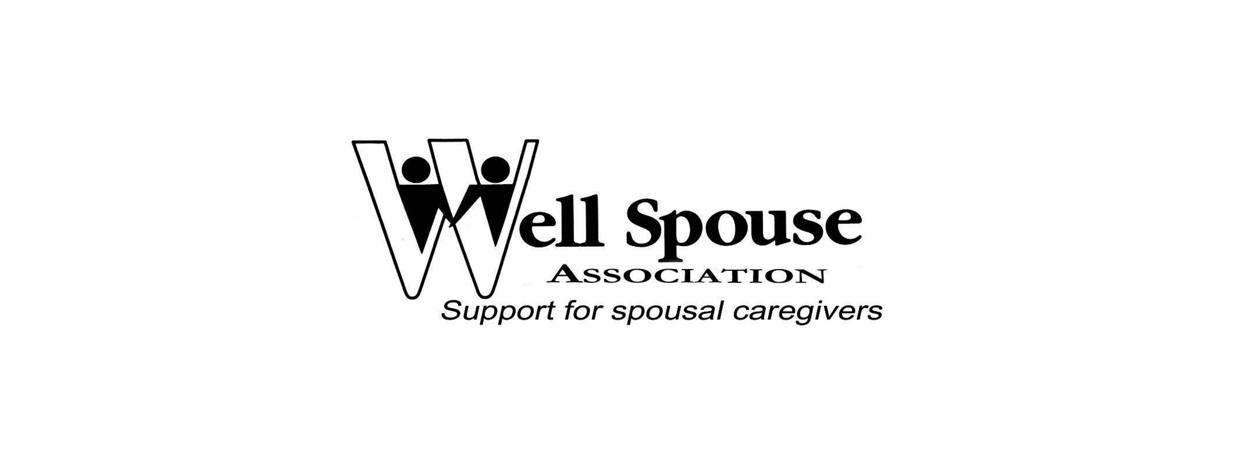
Well Spouse is a national, not for profit membership organization that gives support to wives, husbands, and partners of the chronically ill or disabled.

Well Spouse is a national, not for profit membership organization that gives support to wives, husbands, and partners of the chronically ill or disabled.





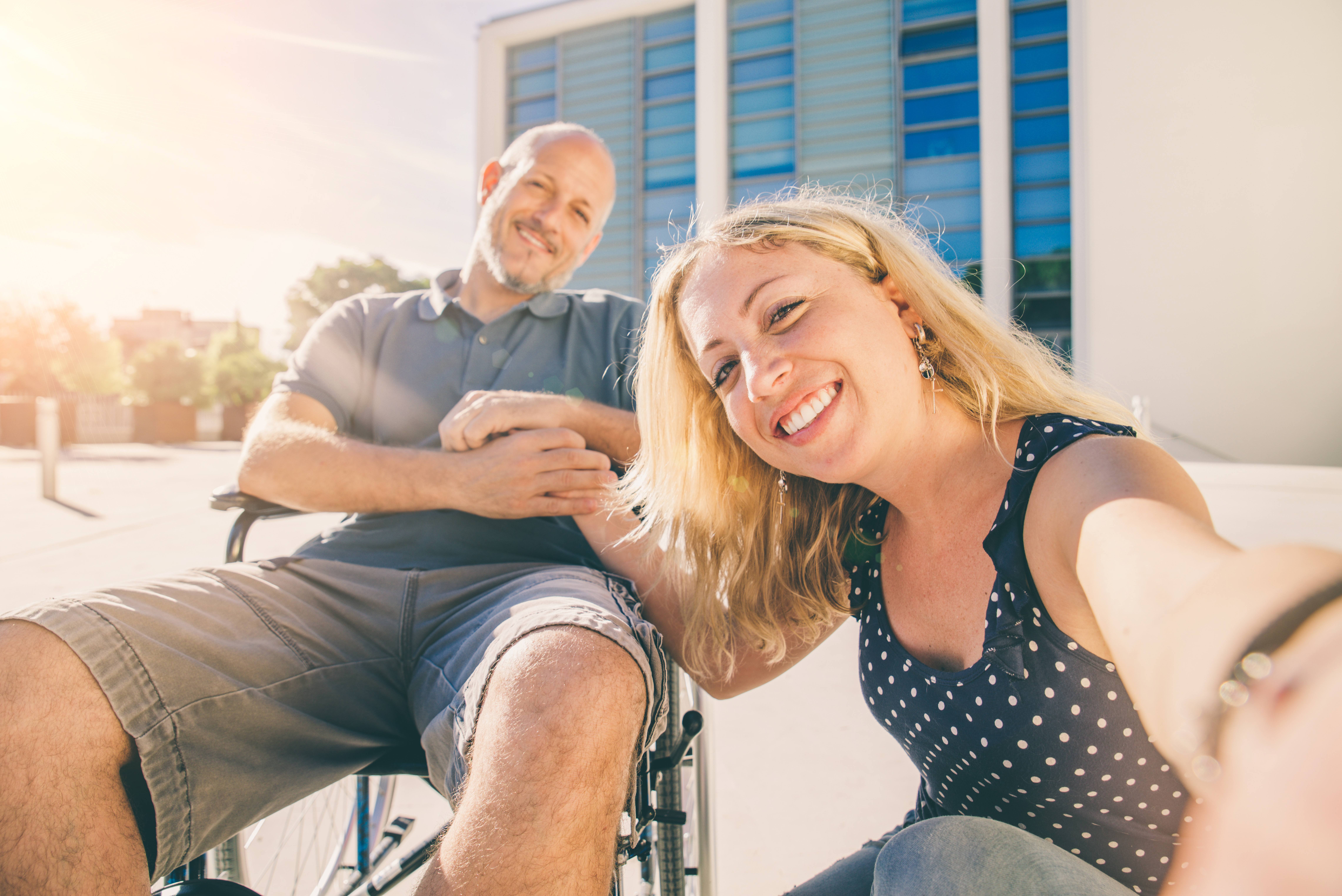
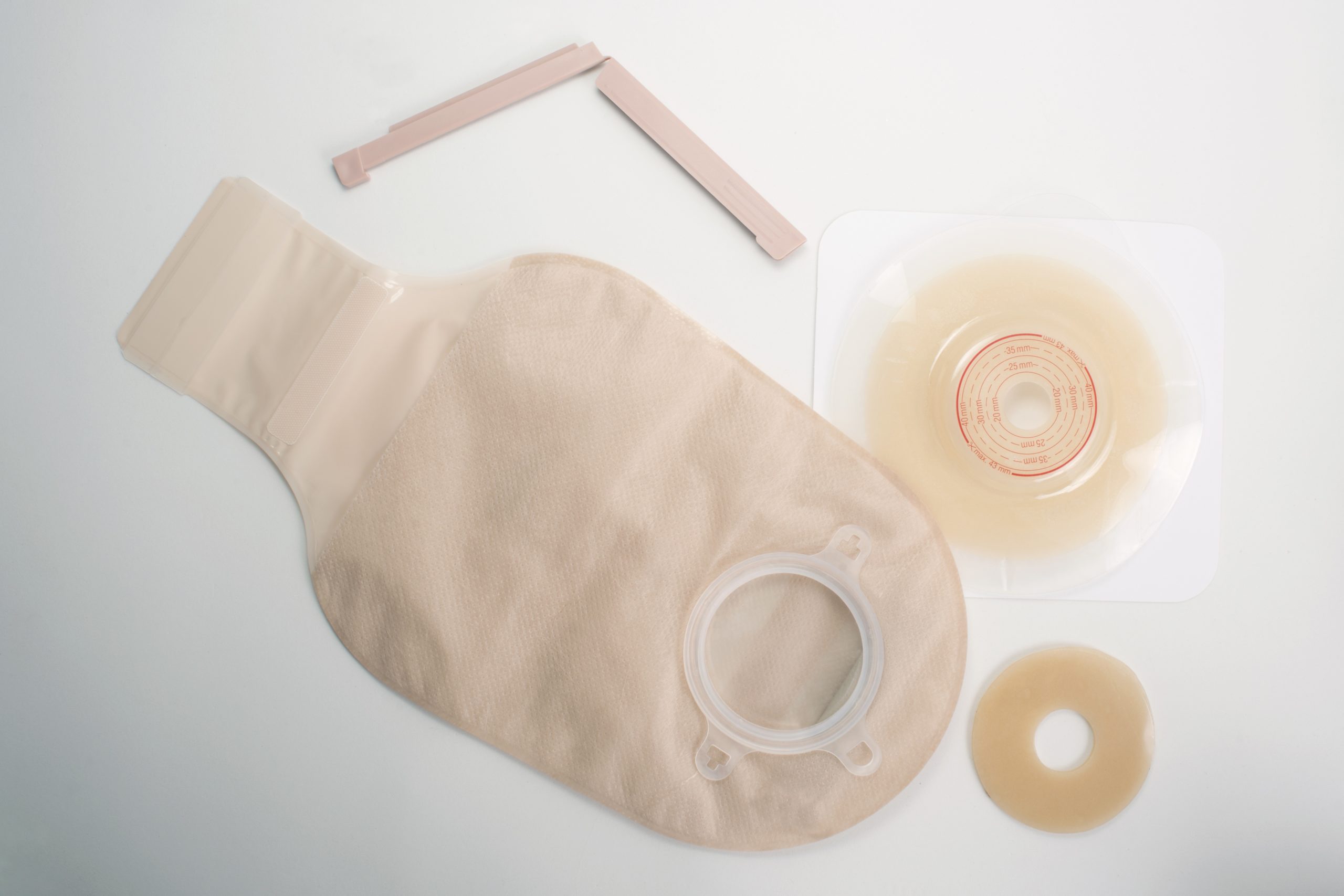
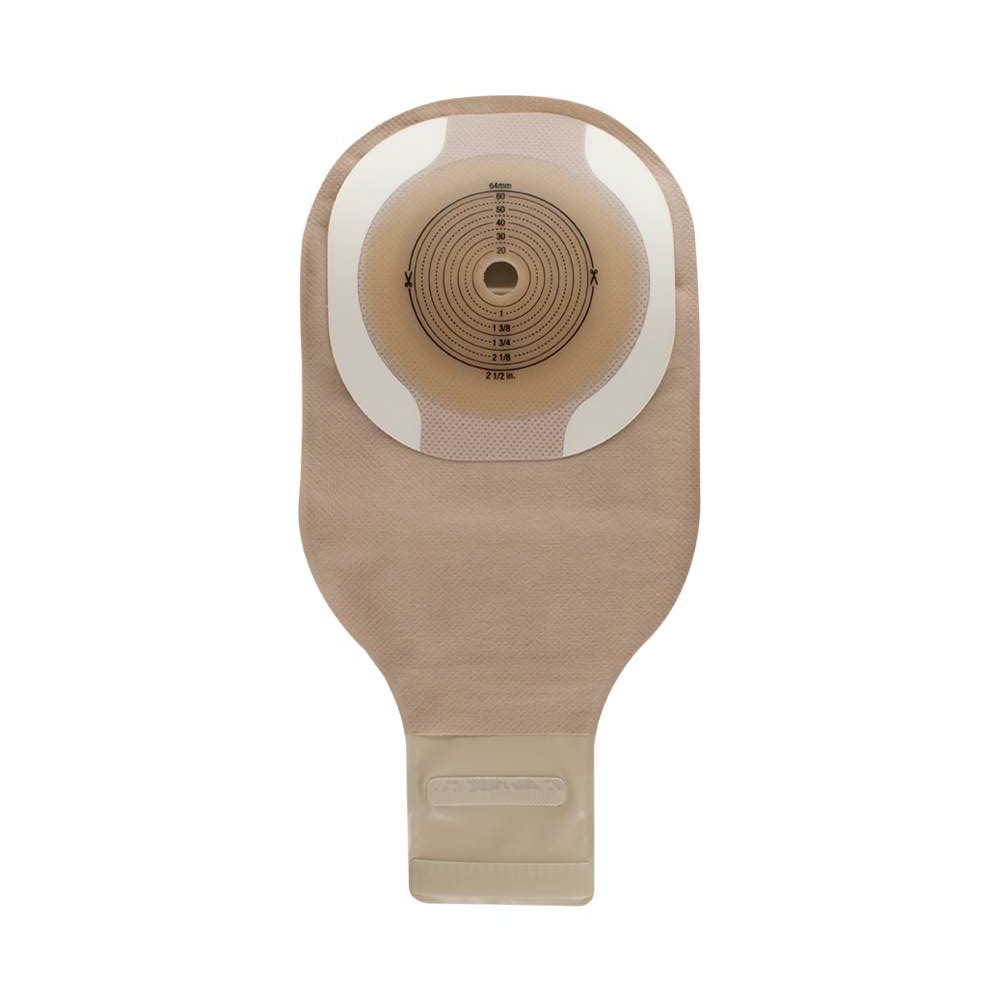
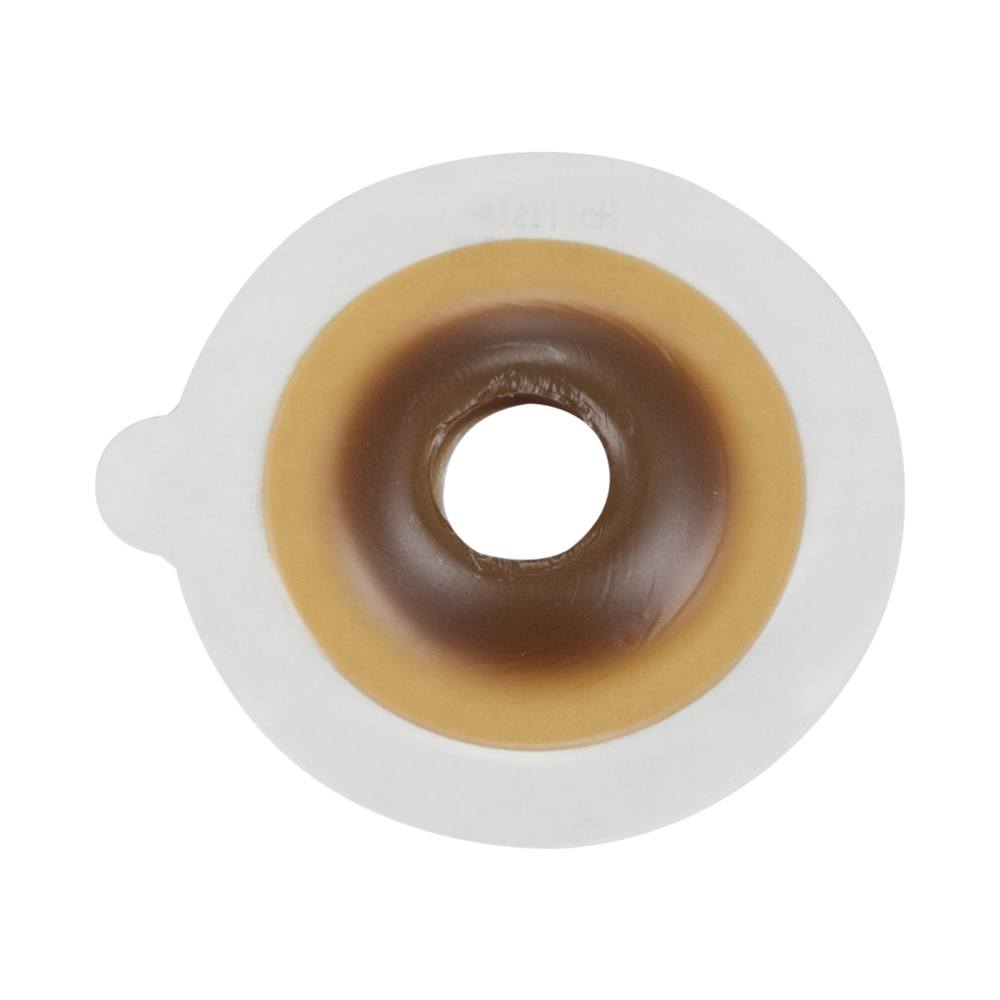

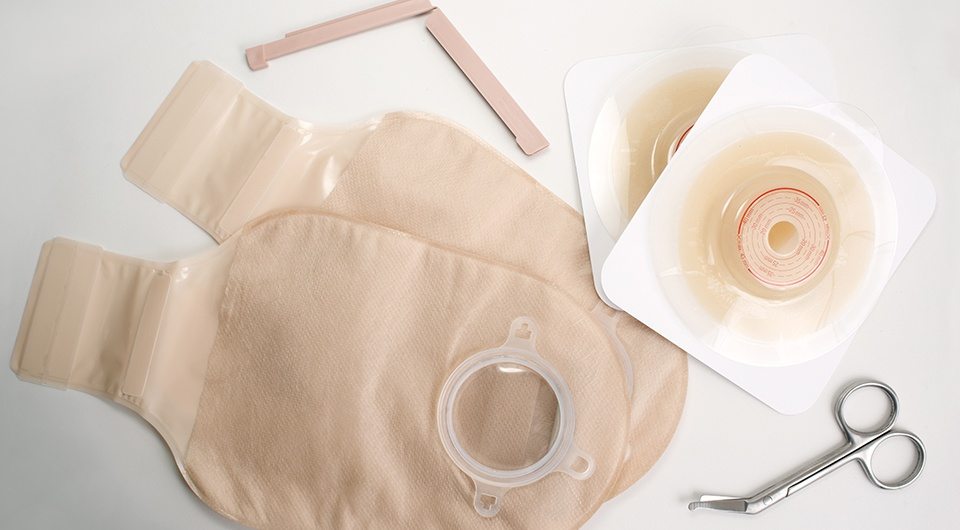
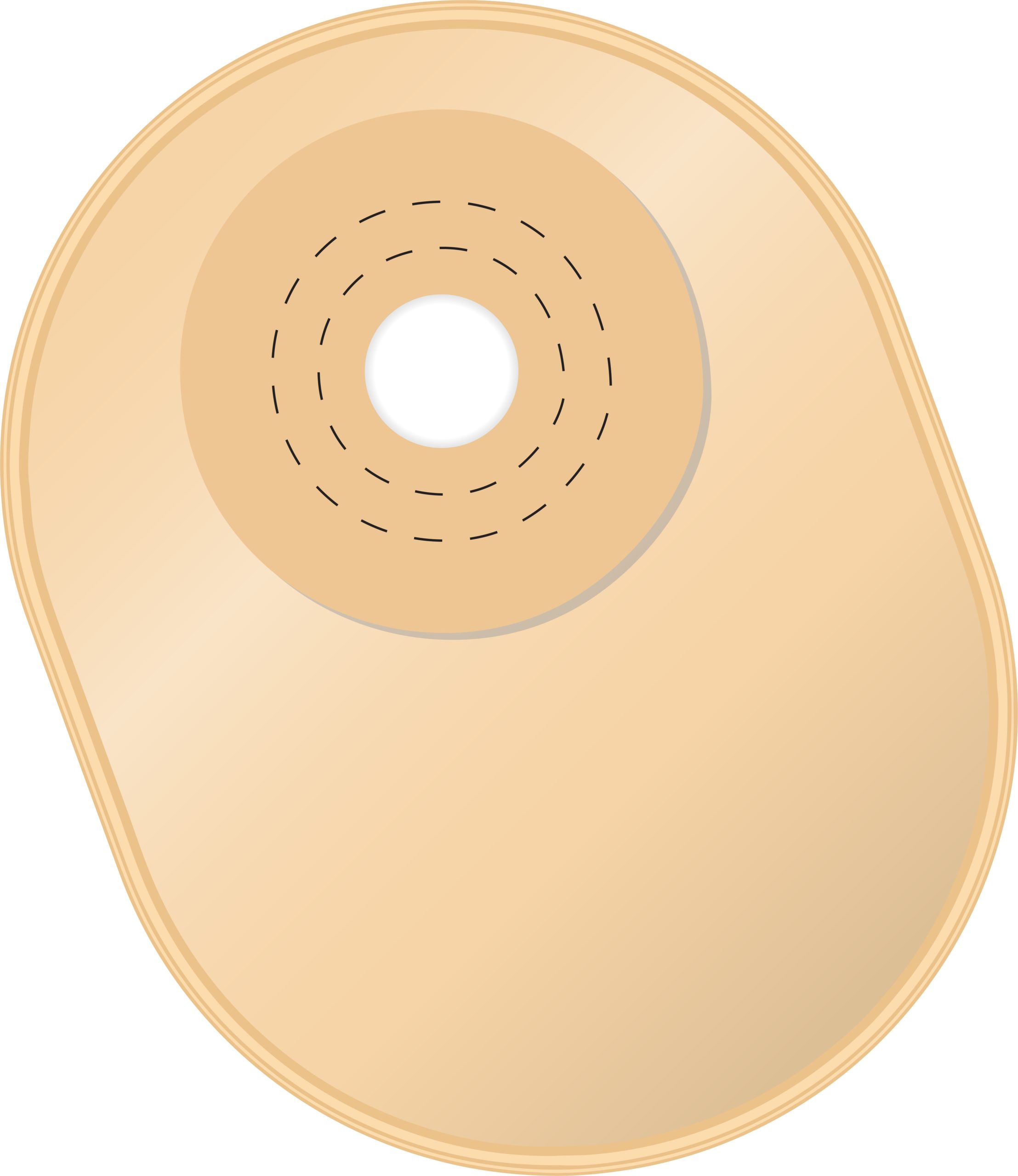
Our product specialists at Medical Monks field hundreds of ostomy-related calls a week from our customers. In fielding these calls, we notice that many ostomates are unaware they have the option to choose closed pouches rather than drainable pouches for a variety of situations. This is because most medical practices automatically instruct ostomy patients to use drainable pouches for two main reasons:
Because of these instructions you’ve likely never heard of closed pouches and how they may be a great alternative for you.
In many situations, closed pouches provide you with greater flexibility for leisure and living than drainable pouches. Many customers choose to keep a small supply on hand during busy or active times, like during the summer and the holiday season.
These are just a few of the benefits of closed pouches for ostomates.
To help manage inventory costs and reduce insurance billing complexity, hospitals and home health agencies typically carry and recommend only a select few pouch varieties. In addition, if you have more than two movements a day, drainable pouches are better suited for insurance billing. Insurance allowables typically restrict participants to two closed pouches per day.
Once you leave the care of a hospital or home health care agency you may feel you don’t want to change and try new puching options beyond drainables. This is very common and understandable. We at Medical Monks are here to help you understand your pouching options and cut through the confusion and apprehension typically associated with introducing closed pouches into your life.
Even if you use drainable pouches, you can purchase closed pouches out of pocket as a supplement to drainable pouches. You may choose to have closed pouches billed instead of drainable through your insurance. For example, instead of 20 drainable pouches you can choose 60 closed pouches.
There are times when the convenience of closed pouches and the comfort they provide make them a great add-on to your monthly billing order. Supplementing with various pouch styles allows you greater flexibility with your active schedule.
You might want to begin ordering additional closed pouches in the spring in order to accommodate a busier summer schedule. Sometimes, you simply want the convenience of being able to enjoy the moment without concerns or the aggravation of draining.
Whatever your preference, closed pouches offer alternatives if and when you desire them. They provide a convenient option many ostomates are not aware of. Now that you know, you can enjoy the many benefits closed pouches present for yourself.
Medical Monks offers an extensive selection of ostomy supplies for people who have a colostomy, ileostomy, or urostomy. We choose our top ostomy supply manufactures for their high quality and diverse types of ostomy products.
Below are two great closed pouch options for you to choose from.
For more information about closed pouches, please call us at 844-859-9400.
 About the Author – The Product Specialists of Medical Monks contributed this article. Medical Monks is medical supply retailer serving consumers and businesses across the United States. Reach our Specialists at customercare@medicalmonks.com.
About the Author – The Product Specialists of Medical Monks contributed this article. Medical Monks is medical supply retailer serving consumers and businesses across the United States. Reach our Specialists at customercare@medicalmonks.com.
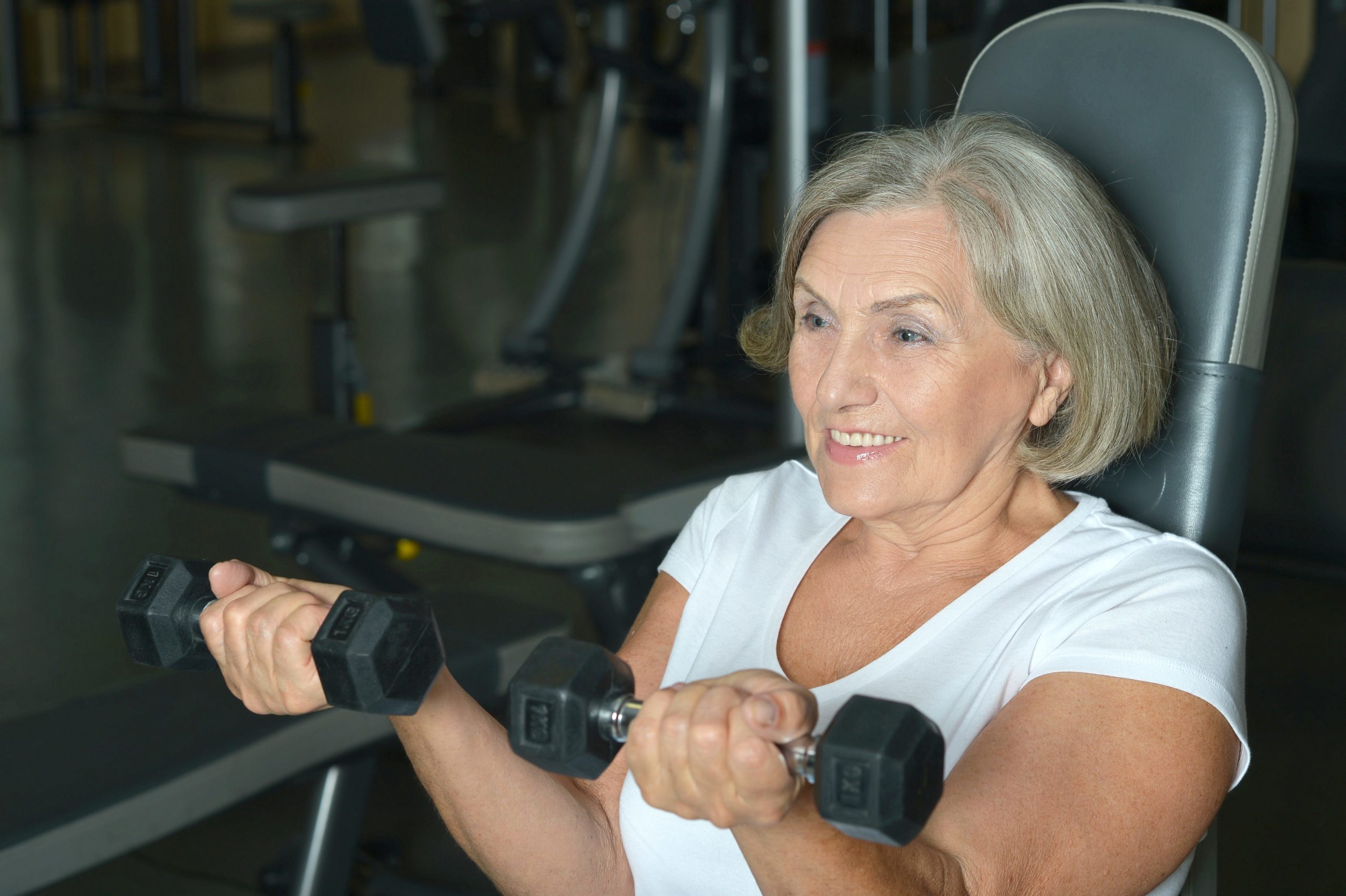
As your stoma begins to heal following surgery, you may wonder about a more active lifestyle – either to resume the sports and fitness activities you have already enjoyed, or whether you’ll be able to take up a new sport that you want to try.
The thought of taking up a new sport or striving for ambitious goals in a sport previously enjoyed, can seem overwhelming. But many have done just that. In fact, they believe they are fitter and healthier than before the operation.
For many people, stoma surgery creates a renewed zest for life. Along with that new found enthusiasm comes the desire and determination to achieve goals they would never before have considered.
Stoma surgery is a major event that should not be underestimated. The first few weeks or even months following the operation may be difficult as you adjust gradually to having a stoma. However, once fully recovered and settled at home, returning to the lifestyle you enjoyed before the operation should be no problem.
“Having to cope with the operation and the change in lifestyle that goes with it, brings out a strength in people that otherwise would lie dormant. As a result, no goal seems too difficult to achieve once you’ve set your mind to it. I strongly recommend everyone to take some kind of exercise, even if it is only walking a little each day. Once you give in and become inactive, you lose so much out of life. Being active, especially in sports, can only add to the quality of life.” Betty Sands, active swimmer and ostomate
This blog post will cover commencing gentle exercises and then at three sporting areas: swimming, contact and team sports and “creating new challenges.” You will find practical advice from others who have had first-hand experience in returning to an active lifestyle. They understand the fears and practical concerns you may be facing.
As long as you have no complications and your doctor has no objection, you can enjoy almost any kind of sporting activity. Contact sports, such as rugby, karate or kung fu, are possible. Even sports that call for a lot of bending, such as bowling, lawn bowls and aerobics, have been taken up after getting a stoma.
This blog post will help answer your questions and encourage you to get the many pleasures and benefits that come from physical activity.
Whatever your type of stoma or current level of fitness, we hope you will find your own path to a healthier body.
Before looking at specific sports and fitness activities, it is important to have a clear understanding of how your body has responded to your surgery.
The stoma that protrudes from your abdomen may look vulnerable. But it is, in fact, quite hardy. The surgical incision should be fully closed just about ten days after the operation, and, over time, the scar tissue surrounding the stoma will reach its optimum strength.
It is not that easy to injure the stoma. As an example of its resilience, a horse once accidentally kicked a person directly on the stoma. There was good deal of bruising, but the stoma itself remained undamaged and continued to work normally. Of course we are not recommending that you try this test or anything similar. Caution is key – everyone’s body has its own unique abilities and responses.

Everyone, even those without a stoma, should take care to protect his or her abdomen. Now that you have a stoma, you will want to be especially careful. With a stoma, the risk of hernia from lifting or strenuous exercise may be higher than that of developing a common groin hernia. This is because the muscles supporting the stoma are not as strong as they were before surgery.
You can help prevent the development of a stoma hernia by taking precautions.
To help with an existing parastomal hernia, you can try specially designed support garments to care for your hernia.
Contact your local stoma support group or your stoma care nurse for further information.
In some cases, a person may have a perineal (rectal) wound resulting from the removal of the anus and rectum. Although this area is likely to be tender for longer than a stoma wound, it will heal and become equally resilient.
If you have a stoma, particularly an ileostomy, there are occasions where you may become dehydrated. Care should be taken to drink plenty of water, unless you have a fluid restriction.
There are several situations that make you especially susceptible to dehydration. In hot climates and/or when exercising, less urine is produced, so it is more concentrated. And when diarrhea strikes, more fluid is being lost, so more should be taken in.
To help rehydrate your body, water is the best fluid, as it is the most readily available. You can also get special rehydrating solutions from most pharmacies, and sports drinks can be useful for severe cases of diarrhea.
One good sign of being well hydrated is passing clear or straw-colored urine throughout the day.
Once you recover from surgery, your diet and state of nutrition should be getting back to normal. How and what we eat is as much part of our individuality and lifestyle as our appearance and personality, and having a stoma should not restrict individual preferences.
Try whatever you like, but be cautious at first and chew thoroughly to avoid possible digestive problems. You may find that some foods upset your system, causing gas, diarrhea or even pain. Pay attention to your body to learn how your digestive system works best – when food is required, how long it takes to digest and what foods upset your system, if any.
Keep an eye on your weight. A nourishing diet includes fruit and vegetables, meat, fish, dairy products and cereal and will help keep you healthy. Additional vitamin supplements also may help to ensure you are getting the best nutrition.
Fitness results from the best possible balance between diet and exercise.
All foods contain energy in the form of calories. The number of calories we need in a day depends on two factors that will be different for everyone – the level of physical activity and metabolic rate. Both of these factors affect the amount of calories you should take in. However, everyone has a different metabolic rate, so some people will gain or lose weight when consuming the same amount of calories. Early in your healing stages, you may require more calories in the form of proteins for good cell and muscle repair and then return to your normal routine. An experienced dietician may offer helpful advice as well.
As you recover from surgery, you will probably feel tired and may have little wish for exercise.
But you know it is important for your overall health and well-being to start moving around, even just a little at a time. Exercise can help you get better faster and also prevent potential complications from sitting or lying too long. This does not mean aggressive or strenuous exercises by any means. Take it easy, start out slowly and enjoy the thought that you are getting back to your normal lifestyle.

The easiest and most effective form of exercise can be walking. It gets the blood flowing, helps with mental alertness, helps lift your spirits and generally increases your physical well-being.
Walking can be started soon after surgery and gradually increased to quite a brisk pace, adding minutes and distance over time.
You can even walk in the house. Special videos and DVDs, or even just some invigorating music, will help set the pace. Some people practice going up and down stairs to increase stamina and endurance. But if weather permits, a brisk walk outside in the fresh air can do wonders both physically and mentally.
Riding a bike is also an excellent form of exercise that does not put too much strain on your abdomen or involve heavy impact. Like walking, biking can be introduced gradually and then increased over time to higher levels.
If you have a perineal wound, you may want try other activities for a while. This area can take a while to heal, and sitting on a bike seat may cause undue discomfort. Walking might be better until this wound has fully healed.
You might enjoy aerobic activities such as skating, golfing, jogging or tennis. Training with light weights and frequent repetitions can be beneficial as well.
There is no motivation better than knowing a friend is waiting to join you in a walk around the block or a round of golf. Gentle exercise can benefit your social life as well as your body!
It is always wise to pay attention to how your body responds. You know it better than anyone else. If an activity makes you breathless or causes you pain anywhere, it might be wise to try another form of exercise, or take a break and return to it later if you feel you are up to it.

Swimming is a popular and beneficial form of exercise. It can be enjoyed by everyone, regardless of ability. Many people who have undergone all sorts of surgery are encouraged to take up swimming as an easy and gentle exercise.
Swimming is not only one of the best forms of exercise for every part of the body, but it can also be taken up gradually – gently at first – so as to build up stamina at a steady pace. It can be a highly sociable pastime, frequently enjoyed as a family outing. There is no reason why a person with a stoma cannot join in the fun!
Swimming can help in another way – to overcome psychological hurdles. Don’t let the fear of being conspicuous in changing rooms, pools or at the beach keep you from enjoying and benefiting from the water.
The courage to take up this challenge will be rewarded by newly gained confidence, not only to enjoy more social sports but also activities such as clothes shopping and sunbathing.
“As a swimming instructor, I never doubted that I would take up swimming again after my colostomy operation. In the past seventeen years, I can honestly say I have never had an embarrassing moment at the pool because of my colostomy. Betty Sands People with a stoma may expect that others will turn to their stoma and stare. In truth, most people will not even notice the color of your swimsuit, let alone what may lie beneath it. A few years ago, when I was at the beach, I even wore a bikini and the fact that I have a colostomy went entirely unnoticed.” Betty Sands
Before going to a public swimming area, try your swimsuit at home. Wear it in the bath or shower to see how you look when it is wet and clinging to your body. Give yourself a thorough inspection in the mirror to see how you will appear to others.
If you are embarrassed changing in front of other people, try wearing a long shirt to cover most of your body. Even just draping a towel over your shoulder will keep your stoma from view, or you can change at home and wear clothes over your swimsuit.
Another concern is that the pouch may come loose in the water. This is unlikely, and you can prove it for yourself. Just sit in bath water for a while, and assure yourself that the seal stays snug and leak-free. The chance of the pouch showing or coming off, even one that is two-piece, is quite unlikely.
You might think diving will pull on the stoma and the pouch on impact with the water. For added security, a snug bathing suit can help keep it in place. A man can wear drawstring trunks, tightly fitted around the waist.
Will a stoma pouch dry as quickly as the rest of the body, or will it leave a wet patch?
“In my experience, I have been able to move between sauna, Jacuzzi and swimming pool over a four-hour period without any problems. My swimming trunks and ostomy pouch dried perfectly well, and I did not need to change my pouch in-between sessions.” Chris Penney, ileostomate Former National Secretary to the Ileostomy Association and marathon runner.
There are special suppliers who make swimsuits to fit particular needs, such as high-waisted swim trunks. Check with your stoma association or local chapter to ask if they know of any local suppliers in your area.
If you thrill to the action of a team or contact sport, do not let minor concerns keep you from returning to the sport. Having a stoma will mean planning ahead, but you can continue to participate.
You may be concerned about your stoma, wondering whether it can be damaged.
As a reminder, the stoma is firmly fixed approximately ten days after the operation and reaches its maximum strength some months later. Damage to a stoma is unlikely, even if there is a problem; it may be a simple procedure to repair a stoma.
Another concern is possible damage to the pouch, that it could be punctured or ripped off. In contact sports, it might get in the way of a rugby tackle, kung-fu kick or wrestling grip. To avoid a damaged pouch, precautions can be taken.
For added security, many people use firmly-fitted waistbands or girdles to keep the pouch securely in place. Everyone has individual needs and preferences, so it is up to you to try these options to see what suits you best. Try different sports outfits, such as running tights or Lycra shorts, to see what works best for you. You could even use your ingenuity and design your own means of keeping your pouch secure.
Competitive sports call for both skill and fitness. So it is essential to build up to the proper level of fitness gradually, before returning to or taking up a strenuous sport after the operation.
If a lot of running is involved, rubbing or chafing around the stoma may occur. This happens when a single movement is repeated. Little red marks similar to mouth ulcers might appear on the stoma. They should heal quickly and disappear with rest. Double-check that the pouching system is not too tight or cuts into the stoma. If the small ulcer areas persist, using Adapt Stoma Powder directly on the ulcers may help. Follow the instructions in the package.
If the pouch fits properly and is not too long, it should not touch or rub against the skin. Covers are available for comfort and to absorb perspiration during activities, but they are by no means essential.
Empty your pouch at the beginning of any activity, and if you have a colostomy and you wish to minimize the “flow” from the stoma, stick to a low-fiber diet.
Be sure to watch out for dehydration. Drink plenty of fluids before and after activities.

People with a stoma often feel more determined to become fitter and healthier than they were before the operation. This can lead to a tremendous determination to reach ambitious goals they might not have set before their surgery.
Chris Penney, former National Secretary to the Ileostomy Association, has had an ileostomy for many years. Before the operation he only had an average interest in sports, but he was inspired to be a stronger athlete. He became a marathon runner because he wanted to set an example.
“I would never have believed I would ever become a marathon runner – 26 miles and 385 yards is a long way – but I have completed four marathons and am still keen to keep on going.” Chris Penney
On the other hand, many athletes who were super achievers before their illness fear that they may not be able to continue with their sport once they have a stoma.
“When I first learned I had to undergo a urostomy operation, my first reaction was – will I still be able to ride? If the answer had been no, I’m not sure I would have gone ahead with it. I live for sport and within 3 months of my operation I was back on my horse, Cocky Socks.” Julie Pedder, endurance horse rider who participates in 3-day races of non-stop horseback riding
In any endurance sport, the body needs to be in peak condition. Whether you have a stoma or not alters very little.
Take it easy to start with, and gradually build up your strength and fitness before setting more ambitious goals. Your surgery means that initially you will be less fit than you were before.
Dehydration is a major concern for “super-achievers,” whether they have stomas or not. Drink plenty of fluids at every opportunity to avoid problems with your stoma.
If you would like to talk to someone about a particular sport, contact your Stoma Association. They may be able to put you in touch with someone who currently enjoys your sport and who can give you some practical advice.
About the Author – Thank you to Hollister Incorporated for contributing this blog post.

Have you felt challenged to quickly find the right Ostomy System for your needs? If so, MEDICAL MONKS introduces a new way to make this process fast and easy!
It can be difficult and time-consuming to sift through the many choices you have in Ostomy Systems. The complexity is overwhelming, even for the well-educated consumer let alone someone new to buying an ostomy system. There are nearly a dozen ostomy system manufacturers each producing many system families. Each family has a variety of features that are continually being refined and improved resulting in even more buying options for the consumer.
To help address this complexity and confusion, the Ostomy Product Experts at MEDICAL MONKS developed an innovative solution to this problem. The solution is called “SMART SEARCH”. It is a selection tool that eliminates the complexity of product selection by helping you narrow down your choices quickly through a series of easy to answer questions. The result is a recommendation of ostomy systems that that closely fits your personal answers.
The MEDICAL MONKS team is extremely excited to launch “SMART SEARCH”. We want to share the details on how it works and can help you.
Where can I get access to “SMART SEARCH”?
It is located on the MEDICAL MONKS website at the following link:
https://medicalmonks.wpengine.com/smart-search/
After clicking on the link you are directed to the landing page that looks like this:
 Simply click the “Start Questionnaire” in the 1-Piece and 2-Piece Ostomy Systems tile to begin!
Simply click the “Start Questionnaire” in the 1-Piece and 2-Piece Ostomy Systems tile to begin!
Who built the Tool – Can I trust it?
“SMART SEARCH” was built using the knowledge and experience of the MEDICAL MONKS Ostomy product specialist team who have a combined ostomy experience of 110 years! The specialists talk to dozens of customer daily answering product questions – they have answered virtually every question about ostomy products and how to use them.
Also, our team meets with manufacturer representatives and Wound Ostomy Continence Nurses (WOCN’s) on a regular basis to stay informed about the latest product enhancements and technologies.
How does it Work?
You will be asked a series of 10 multiple choice questions about your specific situation. It takes on average of about 1-2 minutes to answer all 10 of the questions.
The questions are:
Several questions contain illustrations that make it easy to pick an answer!
What answers do I get?
Based on your answers to the questions above, we determine (in real time) what Ostomy systems fit your needs. We display both One-Piece and Two-Piece product answers (pouches and barriers to fit your size needs). We focus on “Best Value” answers. Our Best Value is a combination of PRICE and OUTCOMES. Some systems are better than others in terms of PRICE and OUTCOMES.
OUTCOMES are typically better for recently released products because they contain the latest features and technology users have come to expect. Some manufacturers are more advanced and have higher quality.
After we display the best value answers, you can choose the ostomy system products and put them in your shopping cart for purchase!
We ask you to provide your email so that we can send you your answers for future reference however it is not mandatory for you to provide your email.
If you have any questions at any point in the process you can call and talk to one of our MEDICAL MONKS Ostomy product specialists at 844-859-9400.
When do I use the tool?
“SMART SEARCH – Ostomy System” is great if you are new to buying ostomy products or would like to make a possible change to the ostomy system you are using or just looking for alternatives. If you are happy with your current ostomy system, it can be used as confirmation you are in the right system.
Changes to the stoma site will happen over the course of the first 8 weeks after you have your ostomy surgery. In addition, your body changes over time along with your activity level. It is because of these two reasons we encourage you to come back and use the tool on a regular basis as these changes happen. Also, we continually make updates as new products are introduced which can be as frequently as several times per year.
For more information about MEDICAL MONKS and advice on Ostomy products please visit our website at https://www.medicalmonks.com or call us at 844-859-9400.
About the Author
Scott Hetland is President of Medical Monks, Inc.. Medical Monks is medical supply retailer serving consumers and businesses across the United States. Reach Scott at scott.hetland@medicalmonks.com.

You might be thinking, wait a minute, I have a colostomy, or a urostomy or an ileostomy. What’s an ostomy? You will hear me refer to that from time to time because it’s the general word that covers all ostomies when writing or talking about it. Before I ended up with a colostomy 20 years ago at the age of 39, I had only heard the term colostomy. I had no idea there were three main ostomies as well as many different kinds of bowel and continent diversions. I do address those various issues in my books, but I’ll let a WOC nurse blog about those specifics.
I am not a medically trained person; I’m just a patient who looks at life through the lens of humor. It has gotten me through a lot! Well, you’ve joined the group that not too many people would choose to be in…unless they are desperate— which is often the case of people with uncontrollable bowel diseases like ulcerative colitis, or Crohn’s disease. Sometimes those diseases get so bad, they have no other options. Or you could have ended up with cancer in the bladder or bowel which necessitated the need for an ostomy…like me.
There are as many reasons that people end up with ostomies as there are bowels gone berserk situations. And it doesn’t discriminate, it doesn’t care if you are young or old, rich or poor, black or white, tall or short, healthy or unhealthy…bad things just happen to good people. And it’s not that bad, we can live with it. I guess that’s the point. WE GET TO LIVE! For many of us that have ostomies, it became a life enhancing if not lifesaving surgery.
Like so many people that face a possible early death, I made a bucket list and the top two things on my list at age 39 was to become a comedian and to go to college…I still haven’t become an auctioneer…yet. I signed up for a class and learned how to write comedy and perform a three minute set. At the end of class, there was an opportunity to be in a contest called the Twin Cities Funniest Person and the criteria was that you could not have been paid to do comedy and out of 150 people, I walked away with the title and $1000. I told my husband I’d split it with him so I gave him $50 bucks! Next on my list was to go to college, at age 42, I was taking algebra again. In my book, “Your Glasses are On Top of Your Head”, I tell a story about sitting at the table and pounding it, being frustrated with math after studying for 2 hours. My kids were 7 and 9 years old at the time and I guess I inadvertently motivated them. My son turned to his sister (both are excellent in math) and said, “Look at mom, she can’t figure out her math problems in college. That is why we are going to college right away after school. “We don’t want to be old like her!”
One thing I happened to excel in was writing and because I scored high on the assessment I was able to take the most advanced class, ‘How to Write a Major Project,’ and began my first attempt at writing a book. I got an A and that’s where my first book, “If the Battle is Over, Why Am I Still in Uniform?” was born. Since then I’ve written 4 more books. And eventually someone asked me to speak about cancer and never having had experience speaking formally; I was pleasantly surprised how much I enjoyed that and haven’t stopped writing or speaking since. I joke with people that having my rectum removed must have opened up some room for creativity!
I realized early on that getting people to get their colons screened was my “higher calling” and since I owned a busy hair salon, I had lots of opportunity to educate people. From the beginning, I used humor to tackle this awkward subject but I was committed to saving people’s lives. Two weeks prior to being diagnosed with cancer of the rectum, I had never had bowel or bladder issues. Since then, I have interviewed thousands of people over the years. I have learned about how many truly suffered with bowel issues and have actually said, “I’m relieved I just had cancer.” Even though my cancer involved lots of surgery, it was caught early, I was fortunate. I remember telling the doctor who told me I’d need to have a permanent colostomy and have my rectum removed, that he was going to make me well because I intended to dance at my children’s weddings. They were 3 and 5 years old at the time. And I am happy to report that just a year ago, I danced all night long at my son’s wedding!
Here’s a little excerpt from a story in my book, “I’d Like to Buy a Bowel Please”. It was contributed by Gil and Melba Lorenz who at the time had been married 66 years. Gil had a urostomy.
We were on a plane headed for Vancouver when all of a sudden, my pants were wet. I grabbed some supplies and headed for the rest room to try to repair my appliance (pouch, bag). We were having turbulent weather. I simply could not fix it. I opened the door and told the flight attendant my problem. “Would you please ask my wife to come back here?” What a time we had. The plane was jumping around, and we were both in the tiny bathroom and neither of us are small people. She sat on the toilet, while I was hanging on the wash basin. After about 20 minutes we got the job done. My wife asked, “What should we say when we leave here?” I said, “Nothing —just smile!”
So if you haven’t figured it out by now, what you do when you have an ostomy— you live. You live well with laughter and love in your life. If things are tough right now, they will most likely get better over time. I like the saying that hangs in my office, Blessed are they who can laugh at themselves, for they shall never cease to be amused.” There will be tears in the journey with an ostomy but laughter will also be a constant companion if you let it be. All the best to you.
Brenda
About the Author – Brenda Elsagher is a Contributing Blogger, National Speaker, Author, Comedian and 20-year colostomate. Visit Brenda Elsagher’s website at www.livingandlaughing.com.
Brenda’s most popular ostomy-related books can be browsed and purchased on the MEDICAL MONKS website in the Special Sale Items section – click here!